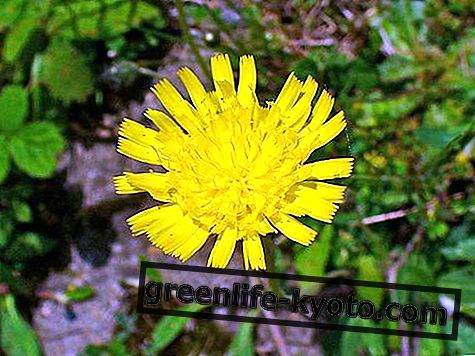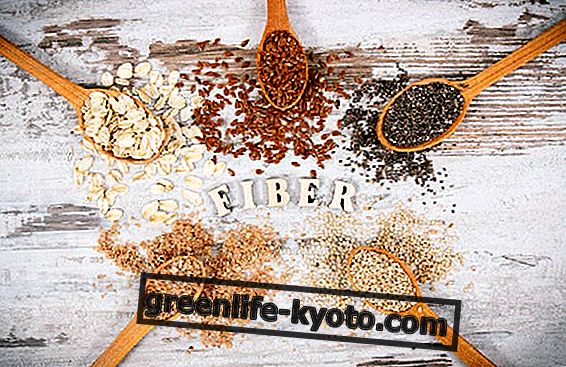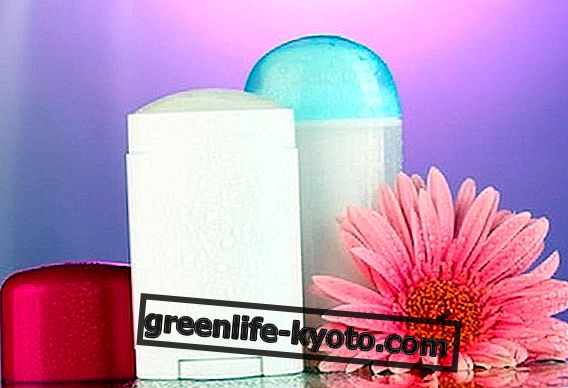The pilosella ( Hieracium pilosella ) is a plant that belongs to the A steracee family . With diuretic and antibiotic properties, it is useful in case of urinary infections and cystitis. Let's find out better.
>
>

Properties of the pilosella
The pilosella is mainly a powerful diuretic, which doubles the volume of urine, and therefore in herbal medicine is used in the treatment of cellulite, swelling of the ankles, edema of the lower limbs, water retention especially if it results from eating disorders or drug treatments.
Thanks to this draining action, the elimination of toxins is promoted, useful in case of hypertension, high azotemia, hyperuricemia and rheumatism. At the pilosella, in fact, it is also recognized the ability to promote the excretion and outflow of bile (it has a choleretic and cholagogue action), which contributes to liver detoxification. The plant is particularly useful in the presence of uric calculosis and helps purify the blood from the excesses of a diet rich in animal proteins.
The antiseptic action of the urinary tract is carried out by umbelliferone, a hydroxycumarin with antibiotic properties against microbes and bacteria that cause cystitis, urethritis, infections of the urogenital tract, even of brucellosis (or Maltese fever). Furthermore favoring diuresis, it facilitates the elimination of pathogens through the urine. The coumarins, flavonoids and triterpens promote repairing and protective processes at the level of the bladder mucosa and urinary tract tissues.
Finally, due to the presence of tannins, it is also used as an anti-haemorrhage, to promote healing in both internal and external, traumatic or infectious bleeding.
Method of use
INTERNAL USE
INFUSED: 1 spoonful of pilosella aerial parts, 1 cup of water
Pour the pilosella in boiling water and turn off the heat. Cover and leave to infuse for 10 min. Filter the infusion and drink it away from meals.
500-750 mg of dry extract in capsules or tablets administered 2 times a day between meals
30-40 drops of Mother Tincture, 2 times a day between meals
Contraindications of the pilosella
Interactions with synthetic diuretics may occur, as disorders of hydro-electric exchange and drug enhancement may occur
Description of the plant
Perennial herbaceous plant, entirely covered with glandular hairs, usually whitish, sometimes reddish on the stem, except the flower. The leaves, gathered in a basal rosette, have the lower tomentose lamina covered with hairs. The flowers are pale yellow. It reproduces by stolons that generate a new rosette, able to develop a new clone, forming dense carpets in open spaces. It also propagates by seed .
The habitat of the pilosella
It grows spontaneously in the arid, mountainous and sunny places of Europe and northern Asia. The pilosella prefers sunny areas; it grows well on sandy soil types and not very fertile in the same way.
Background
Its Latin name, hieracium, derives from hierax which means " sparrow hawk " and refers to the popular belief that the bird of prey makes its view more acute by feeding on this plant with its velvety leaves.
In popular tradition it is also known as " mouse ear " or " cat's tongue ", due to the shape of the basal leaves.













